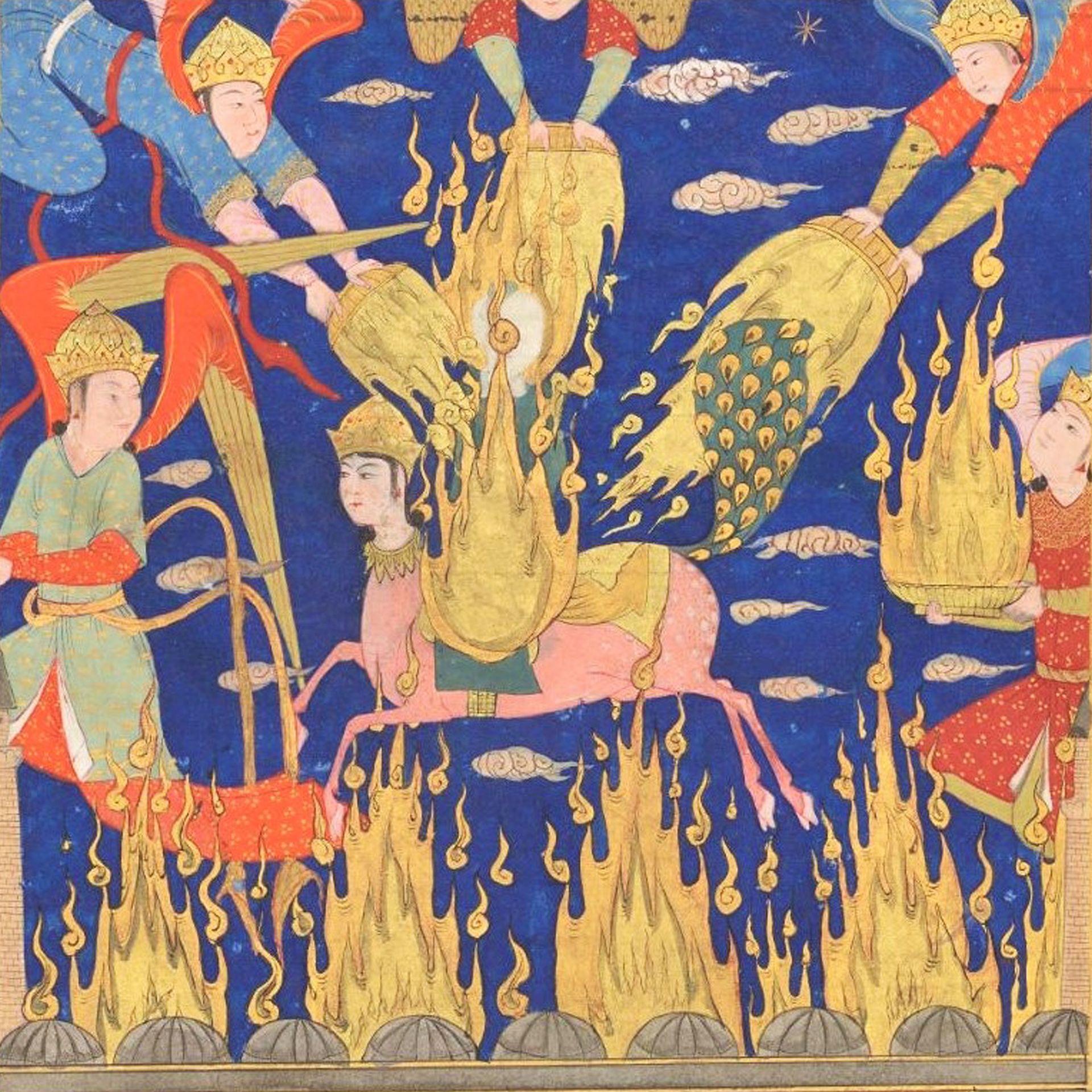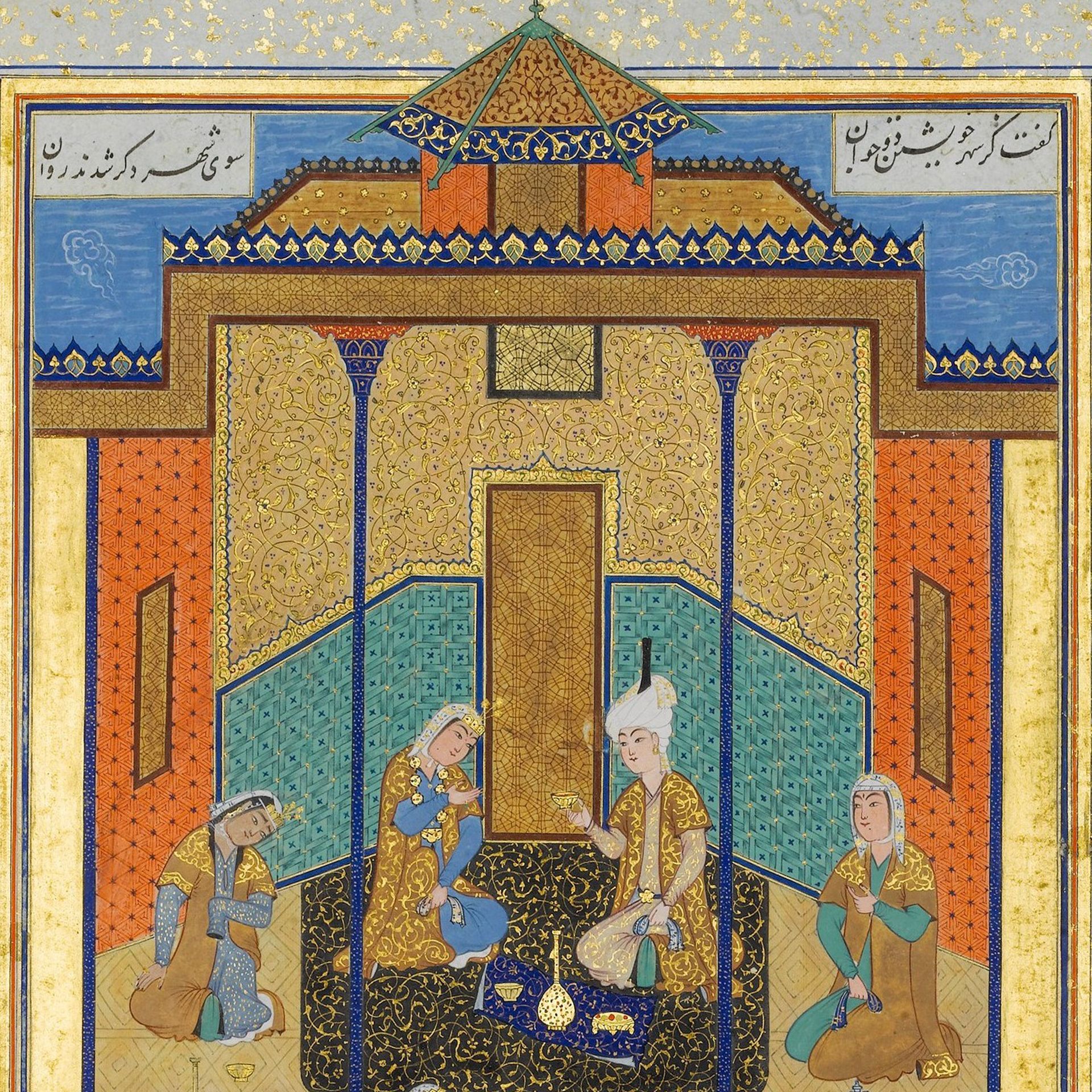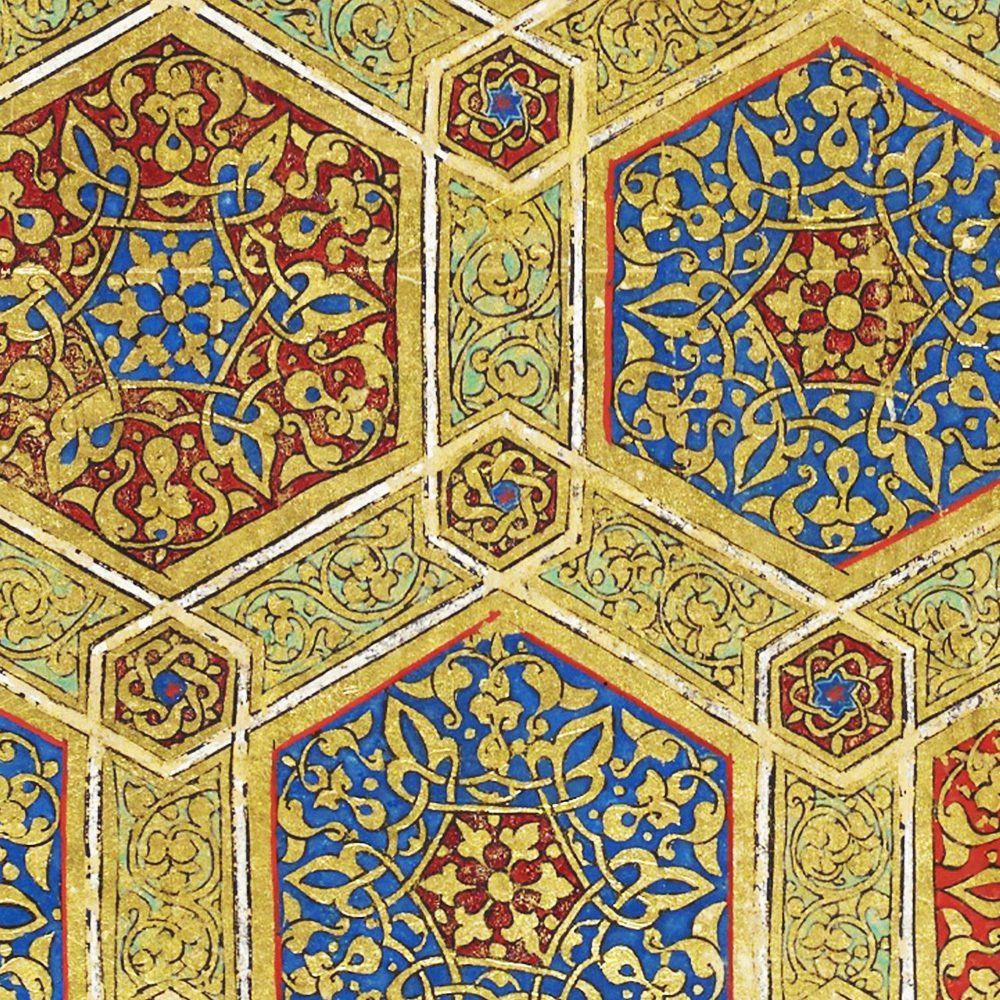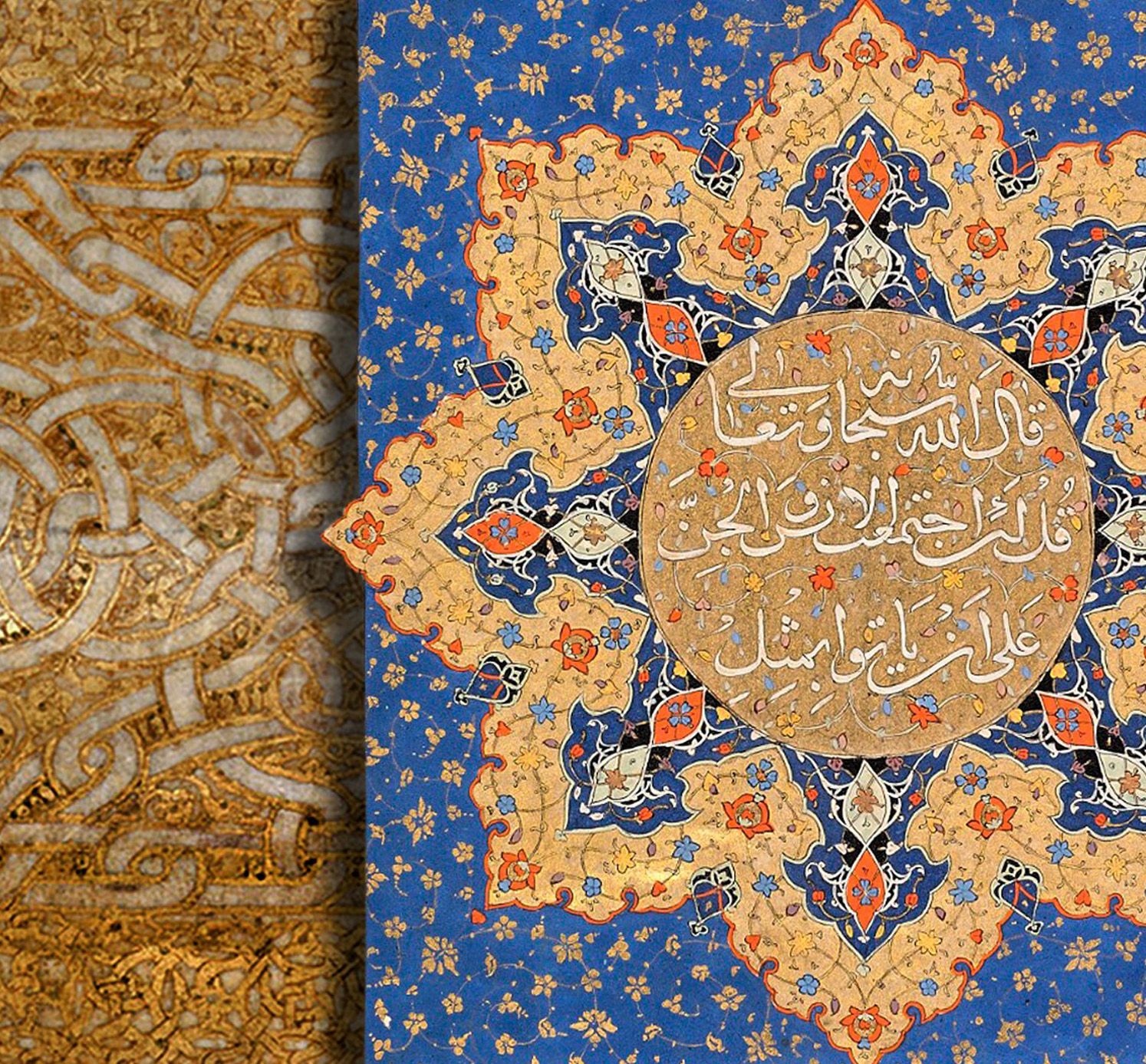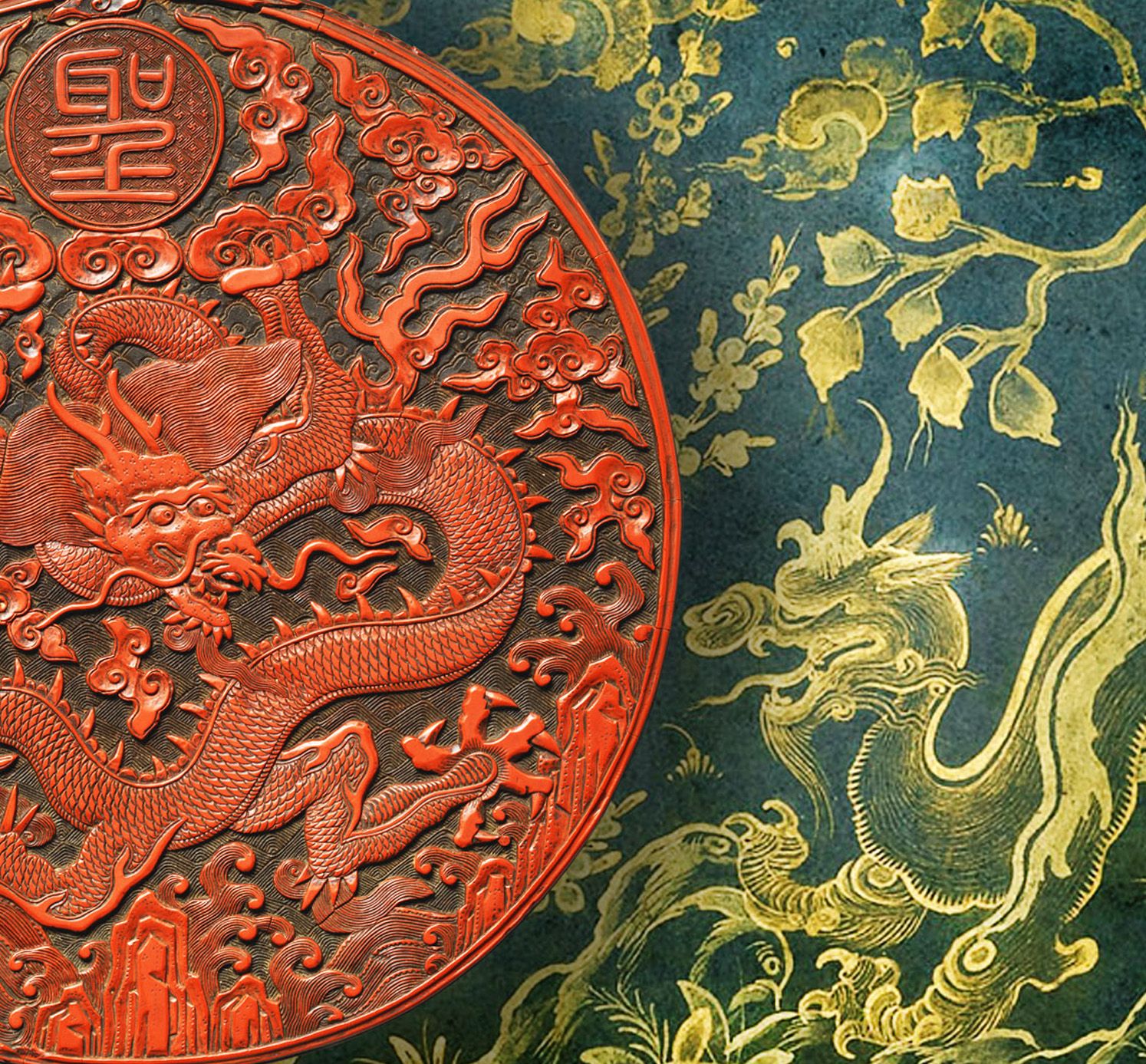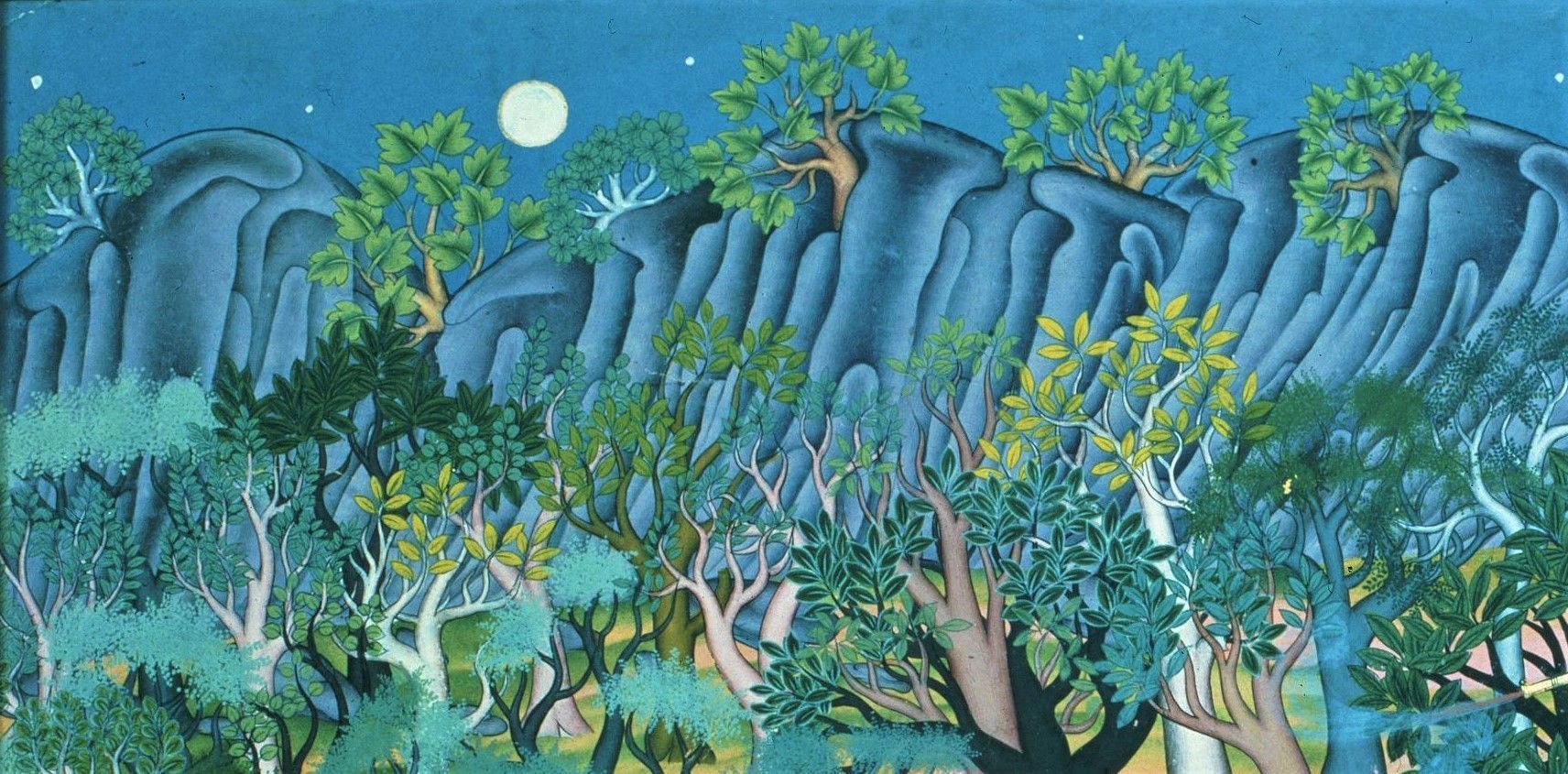PAST LECTURES 2023
A list of Lectures recently delivered
Please get in touch if you would like to hear these again,
or make bookings for your Institution.
PERSIAN and MUGHAL NARRATIVE PAINTING
August - September 2023
This series focuses on some specific literary themes and styles in painting:
Expressing the Inexpressible: Painting the Ascension is an exploration of a genre of visionary texts and images from the 15th century on the Prophet’s Isra’ and Mi’raj or Night Journey in . Recorded in some of the most beautiful passages of the Qur’an, this was the most mysterious and esoteric of the revelations bestowed upon the Messenger of God, in which he was given to experience the entirety of cosmic creation within the space of one night.
Read a Blog Post about this subject
Storytelling and the Master Painters is an overview of secular literary themes, in which we examine 15th and 16th century illustrations of the epic Shah Nameh or “Book of Kings” of Firdausi, and some classic Love Stories by famous Medieval poets.
Seven Beauties: Tales of Magic and Romance is a more detailed look at a story from the Khamseh of Nizami Ganjavi, the visually stunning Haft Paykar or , examining the colour-coded cosmic and geographic symbolism embedded in a series of enchanting 16th century illustrations.
Emperor Akbar’s Experiment in Art Turning our gaze towards the Mughal Court in 16th century India, we look at the formation and early development of the Mughal school century with. Within a period of fifty years, he and his artists created an eclectic fusion style by bringing together Persian, Indian, and European influences. In this lecture we trace the development of this remarkable achievement, from the earliest works of youthful patronage, to the sophisticated syncretism of the Imperial atelier in the last years of Akbar’s reign.
PERSIAN ILLUMINATION AND DESIGN
Three online lectures focusing on the glorious achievements in book design and illumination that reached a high point in the 15th and 16th centuries. Based on my own long-standing fascination with the evolution of this magnificent genre, this group of three illustrated lectures aims to provide a visceral understanding of how the language of Persian illumination evolved during this formative period, its wider dissemination, and its impact on the decorative arts in general.
Read the article in Archives/Persian Illumination
ART & IMAGINATION
Art & Imagination comprises two lectures focusing on evolving forms in the Islamic book design in a wider context, from Early Medieval Illuminated Qur’ans to Illustrated Secular books of the Eastern Renaissance. We explore the influences and inspirations behind the development of a distinctive visual language that pervaded all aspects of decorative arts in the Islamic world, creating a unity that allows for infinite variation and imagination.
Verse Headings and Carpet Pages: Sacred Symbolism in the Islamic Book
An overview of Qur’anic Illumination and Design, from the Medieval to the Renaissance era. We cover the symbolism and evolution of key elements including the Palmette, the Sunburst, the Carpet Page, the role of Geometry in illumination, and the wider influence and evolution of this stunning canon of design.
Supernatural Nature: Visual Metaphor in Islamic and Persian Books
From China to Persia - examining how Far-Eastern forms were absorbed into Islamic and Persian design and illustration to realize visionary landscapes and other-worldly entities. Looking at Cloud, Rock and Water formations, mythical Beasts and personable Demons, we examine how artists used these elements to express ideas and excite the imagination.
INDIAN COURT PAINTING: HISTORY & CRAFT
Painting in the legacy of the Rajput and Pahari courts of the 18th and 19th centuries is still practiced in India and Pakistan today, using methods and materials that date back at least three centuries, developed and modified through the ages.
In this lecture we go back to roots, considering the historical genesis of this genre of painting, from the earliest expressions of Buddhist art to the codification of Hindu iconography around the fifth century CE., taking in medieval manuscript paintings illustrating the scriptures and epics, the input of artistic expression from the Mughal ateliers of the 16th and 17th centuries, and the origins of the traditional studio practice of artists who have kept it alive today.
We take an in-depth look at details of technique, including surfaces, pigments, drawing and painting, based on the speaker’s own experience of learning from a previous generation of hereditary Indian masters.
